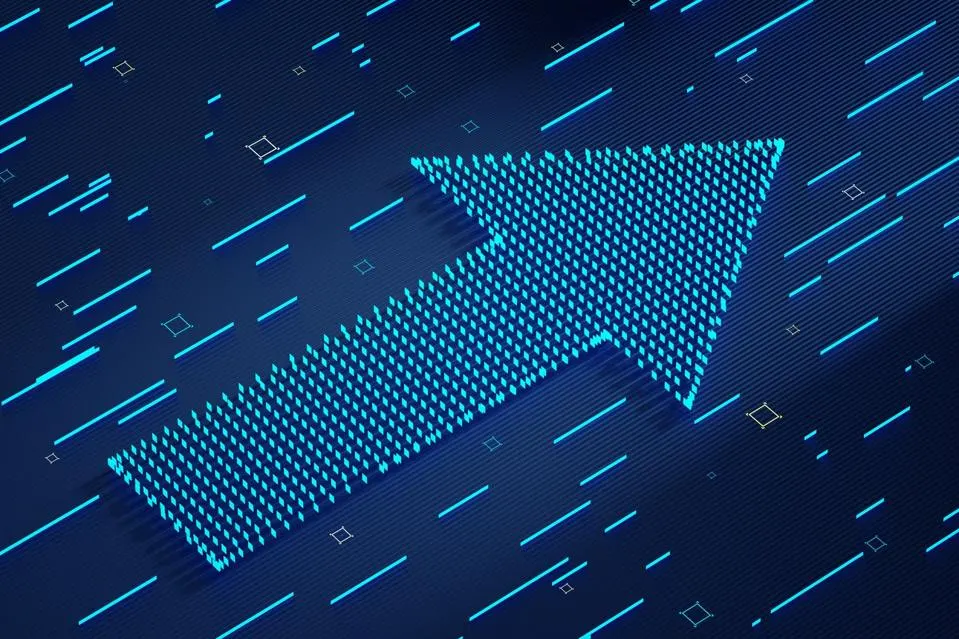Marine engineering is a field that relies heavily on technology. From navigation to weather forecasting, marine engineers need to have access to the latest tools and technologies in order to do their jobs effectively. And as the world becomes more technologically advanced, so too does marine engineering.
Drones
Drone technology is being used increasingly in maritime applications, such as for mapping and surveying, cargo tracking and inspection, and environmental monitoring. Marine drones have advantages over traditional manned vessels, including increased safety due to their ability to fly autonomously and 24/7 coverage.
Marine sensors
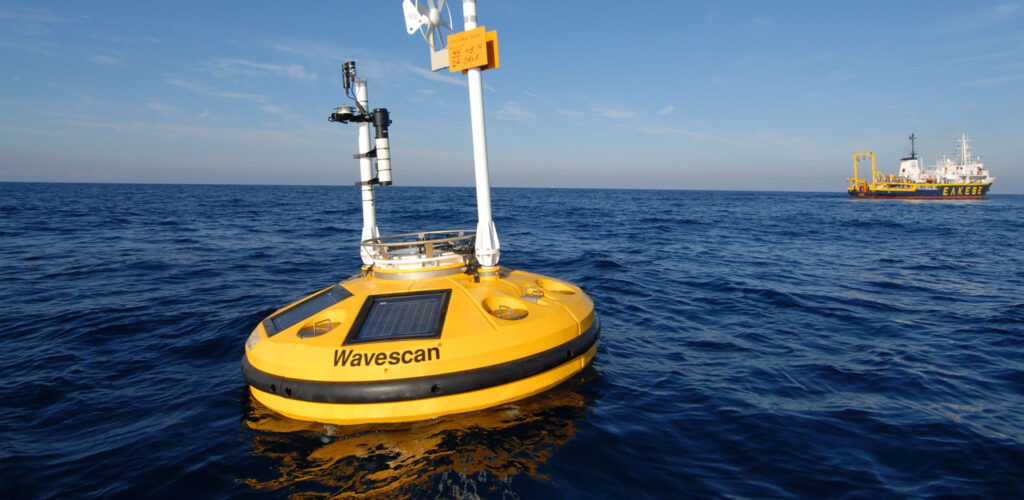
A wide range of sensors is being used in marine engineering to improve the efficiency and safety of ships. These sensors detect a variety of environmental factors, including weather conditions, currents, ship movement, and underwater obstacles. They can also monitor crew performance and navigation.
Sensors are becoming more reliable and accurate thanks to advances in technology. Some common types of sensors used in marine engineering include sonar systems, optical sensors, radar systems, and video cameras.
One common application of sonar systems is detecting objects underwater. Sonar waves travel through water at a specific frequency, and they reflect off objects that are nearby. By measuring the time it takes for the waves to return (known as the echo), an object can be determined to be either close or far away.
Sonar systems play an important role in maritime navigation. By using sonar data to determine a vessel’s location and orientation, pilots can avoid dangerous reefs and shoals. In addition, sonar systems can be used to map coral reefs so that damage caused by cruise ships can be prevented.
One type of optical sensor uses light to measure objects. Optical sensors are commonly found on shorelines, aircraft cockpits, and submarines because they’re relatively easy to use and don’t require electricity or batteries. Optical sensors work by detecting variations in light energy that are caused by reflected objects.
Optical sensors are sometimes used in conjunction with lasers to identify targets at long distances. For example, naval ships use lasers to identify and track enemy vessels.
Power Systems
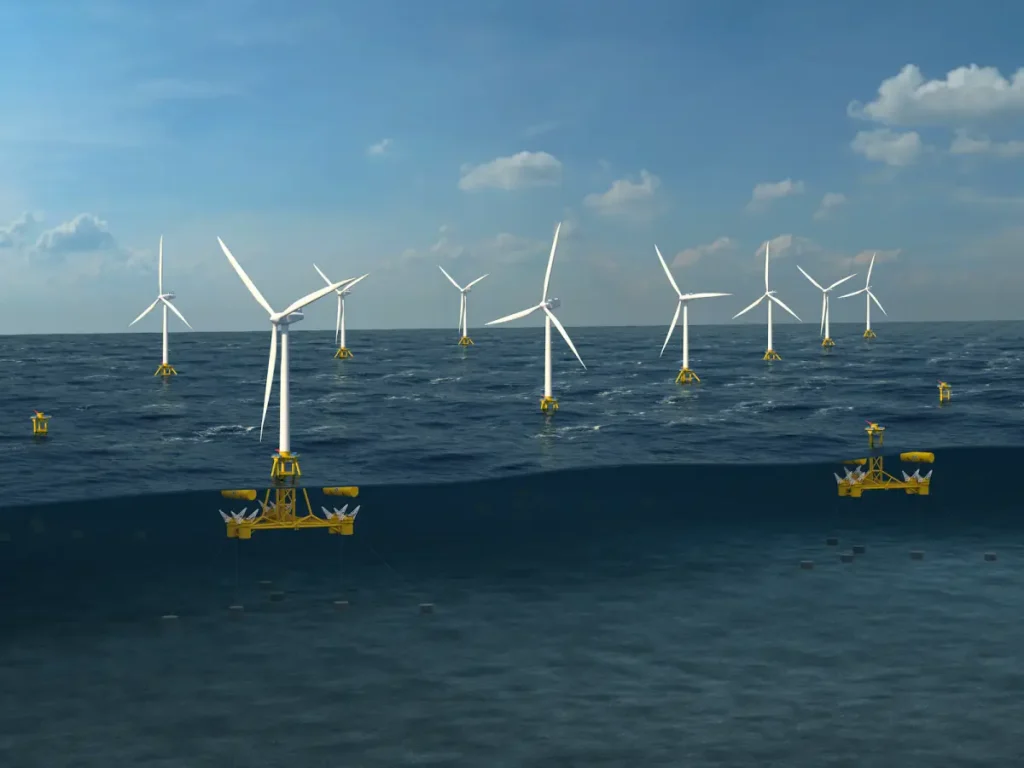
One of the most important advancements in marine power systems is the development of more efficient and reliable solar and wind technologies. Marine engineers are also exploring other sources of power, such as nuclear and fuel cell technologies.
Engines have traditionally been powered by diesel or gasoline engines, but there is growing interest in using alternative fuels, such as renewables and hybrid vehicles. Solar power has become an increasingly popular choice for marine vessels because it is affordable and renewable. Solar panels can be installed on rooftops or on the hulls of boats to provide energy for mobile devices, navigation systems, communication antennas, and other onboard equipment.
Wind turbines have also been gaining popularity in maritime applications because they are a clean source of energy that doesn’t produce emissions. Wind turbines work best when they are close to the ground, which is why they are often placed onshore near wind farms. The largest sailboats can use up to four sets of wind turbines to generate enough electricity to run their engines.
Nuclear power has long been seen as a potential solution for powering vessels in harsh environments, but recent concerns about radiation exposure have led some marine engineers to explore alternatives such as fuel cells. A fuel cell converts chemical energy from fuels into electrical energy, which can then be used to run equipment aboard a ship or boat. Fuel cells are becoming increasingly common on submarines because they don’t produce emissions that could interfere with stealth operations.
Robotics and 3D Printing
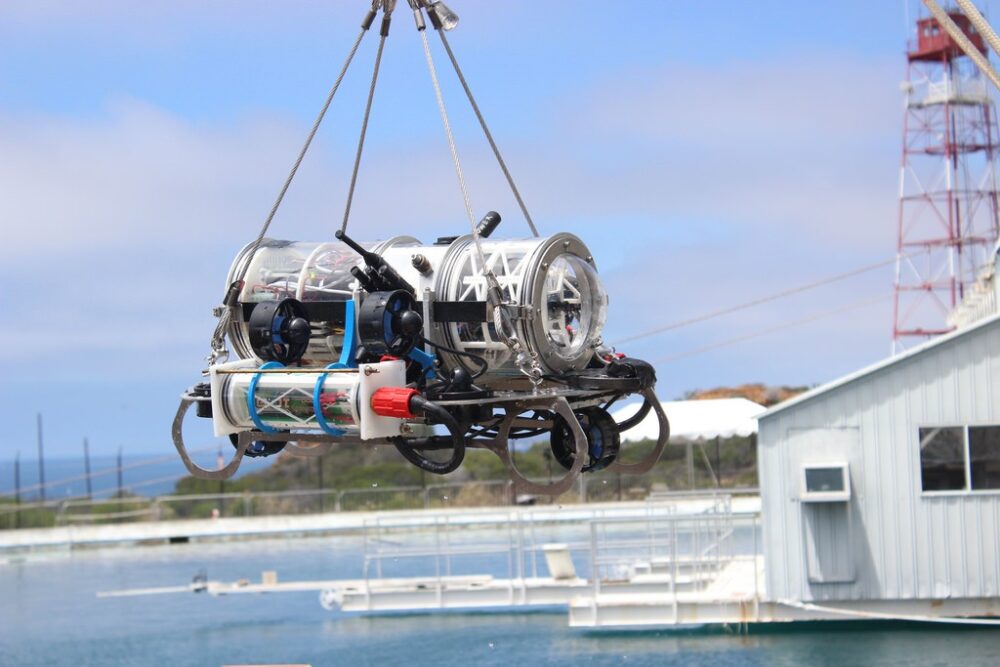
As robotics and 3D printing technology continue to evolve, marine engineering is seeing a number of transformative changes. For example, fish-belly robots are being developed that can autonomously survey large areas for aquatic life, and additive manufacturing technologies are allowing for the production of custom parts and components in three dimensions. In addition, artificial intelligence (AI) is increasingly being used to improve the efficiency and accuracy of marine engineering functions. All of these advances are leading to more efficient and accurate marine engineering projects.
Ship Propulsion Systems
Ship propulsion systems are quickly evolving to keep up with the changing needs of the maritime industry. Here are four key technology trends that are transforming marine engineering:
Autonomous Ship Technology
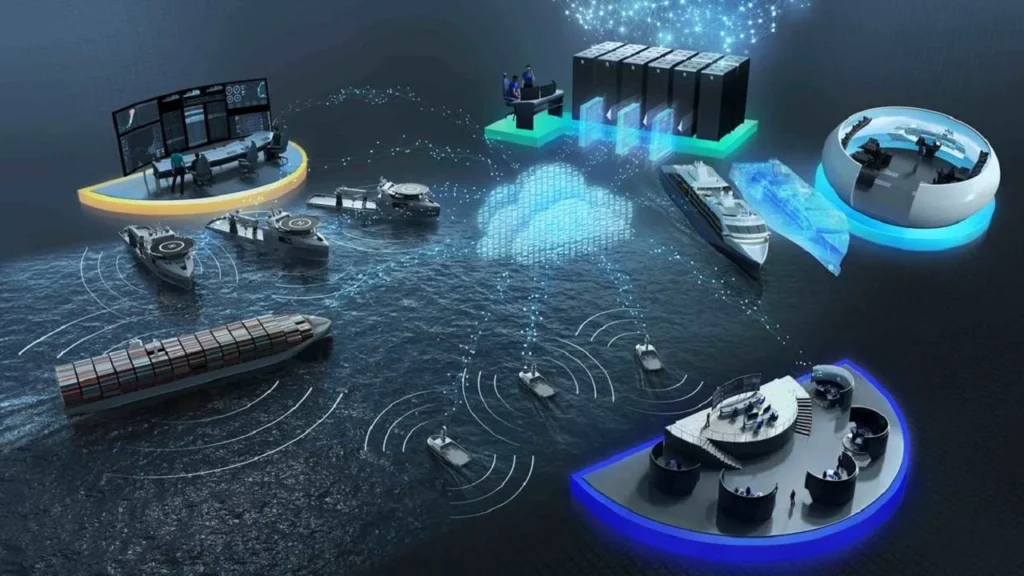
The development of autonomous ship technology is rapidly increasing efficiency and safety in ship operations. Autonomous ships can navigate and operate safely without human intervention, which can cut down on costs and increase productivity. This technology is also being used for cargo transport, port operations, and Search and Rescue (SAR).
Green Marine Engineering
As the world becomes more environmentally conscious, green marine engineering is becoming an important trend in ship propulsion systems. Vessels powered by renewable energy sources such as solar and wind have become more prevalent, which not only reduces emissions but also improves fuel efficiency. Additionally, green marine engineering seeks to reduce the impact of maritime operations on aquatic ecosystems.
Electric Ships
Electric ships are becoming increasingly popular because they offer significant benefits over traditional vessels. Electric ships are quieter, cleaner, and more efficient than their diesel-powered counterparts. They also require less maintenance due to their low operational costs. The deployment of electric ships has the potential to revolutionize maritime transportation industries around the world.
Artificial intelligence
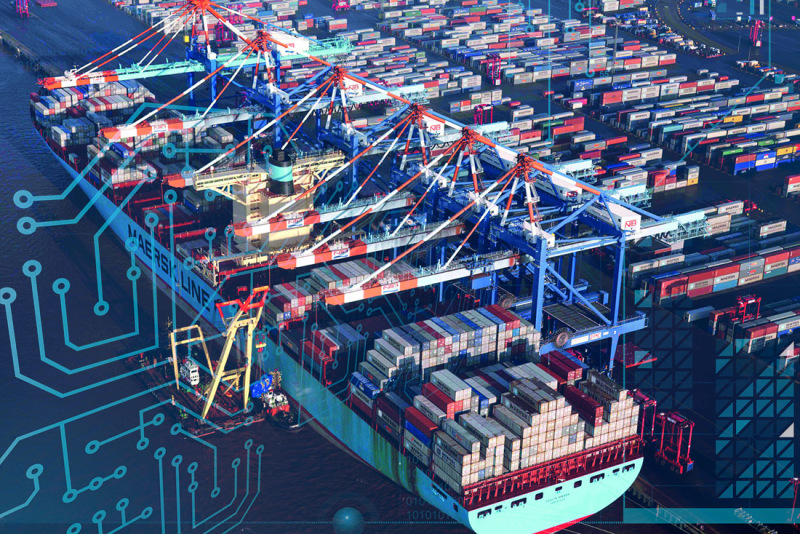
In the maritime industry, technology is changing the way vessels are operated and how data is gathered. By using artificial intelligence (AI), ships can identify hazards and take mitigating steps before they become major incidents.
A fleet of autonomous ships could also help reduce the shipping industry’s greenhouse gas emissions by up to 90 percent. In addition, AI can help optimize cargo routing and minimize congestion in ports.
As maritime technology evolves, there are other trends that are also expected to have a significant impact on the marine engineering industry in the near future. For example, blockchain technology is being used to track shipments and monitor compliance with regulations. Predictive maintenance software can also anticipate problems and fix them before they become issues.
Big Data and IoT

One way marine engineers are using big data is in vessel tracking and monitoring. By tracking vessels through GPS, maritime authorities can more easily locate vessels that have run into trouble or are otherwise out of compliance. Engineers are also using big data to improve vessel safety by tracking vessel speed, positioning, and other factors. This information can be used to warn captains of approaching danger zones or provide feedback on how best to navigate a particular area.
It is also used in autonomous maritime systems (AMS). AMSs are systems that use artificial intelligence (AI) and cyber-physical systems (CPS) to enable unmanned vessels to interact with their environment without the need for human intervention. AMS can be divided into two main categories: those that manage ships autonomously while they’re docked or at sea and those that operate independently but rely on communication with manned ships or shore-based controllers. The ability to track vessels using GPS allows marine engineers to monitor fleet movements in real time and make changes as necessary.
Some of the other applications of big data in maritime engineering include detecting and predicting corrosion, studying wave patterns and wind speeds, and optimizing navigation routes. By using big data analytics, engineers can improve safety and efficiency by making better decisions quickly.
Conclusion
Marine engineering is constantly evolving, and the latest technology trends are helping to drive this change. From autonomous boats that can navigate on their own to software that helps engineers to predict how a ship will perform in adverse weather conditions, marine engineering has never been so dynamic. Stay ahead of the curve and learn about these cutting-edge technologies by reading our article today.


